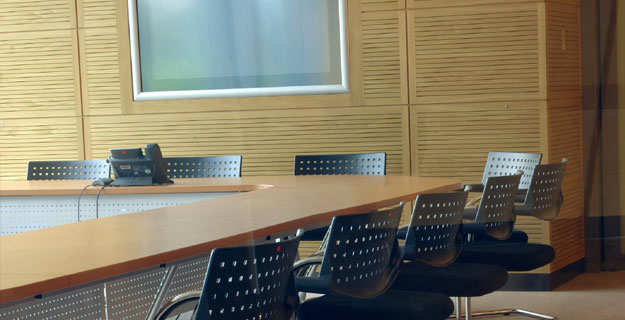
Steve Flavell recently posted on video conferencing’s continued struggle for adoption, which discussed barriers to wider adoption of video conferencing. Although people often cite complexity of set-up, incompatibility issues and cost, he believes the main reason that video conferencing isn’t seeing more success is that people don’t want to be videoed on their everyday conference calls. This is because people are often peripheral on conference calls, and so like to make use of the time when they’re not actively engaged to multi-task – which of course they can’t do if they’re on camera. He believes that, although participants on video conference calls tend to be very engaged – because they need to be seen to be engaged! – this added engagement may well not counteract the loss of overall productivity that occurs when people are not able to multi-task. So, until the desire for everyday conference callers to multi-task is overcome, video conferencing will have a hard time penetrating the mainstream.
On the same topic of video conferencing adoption, I stumbled upon an interesting article on a meetings, incentives, conventions and business tourism news website. This article posits that the length of the video conferencing session itself has a strong impact on its effectiveness; shorter more focused video conferencing is seen as the way forward.
Simon Pryor, chief executive of the Mathematical Association of Victoria, discusses a project to train maths teachers across Victoria which wasn’t achieving the desired results. Teachers had to be trained at their own locations rather than at a central location, due to lack of funding. As a result, they were using video conferencing, but found that people were switching off after 15 minutes, as they were getting bored.
Using knowledge gleaned from Distance Learning Universities in the 1980s – who discovered that moving from ‘a big fat folder of stuff’ towards shorter sessions encouraged greater involvement and participation – they decided to apply these training best practices to their present-day training via video conferencing, decreasing the length of time of the video conferencing sessions, and also decreasing the number of participants. Ultimately, they found that 10 minute sessions provided the maximum benefit to both students and teachers.
The practical takeaway from this is, in video conference training calls, to try decreasing the length of the session to see if it has similarly positive results. However, perhaps this could be extrapolated to all video conference calls. It possible that, in a medium which requires such sustained engagement, the maximum effective length of the meeting can only be that of an average attention span. In a non-video conference call – where you are likely more peripheral to the action and able to multi-task – the meeting can perhaps afford to be a bit longer without losing effectiveness. That being said, I would always advocate decreasing the length of any type of meeting, wherever possible!
It is clear that that video conferencing still has a long way to go, but it is possible that paying attention to the length of these meetings may have a positive impact on meeting effectiveness and adoption.









